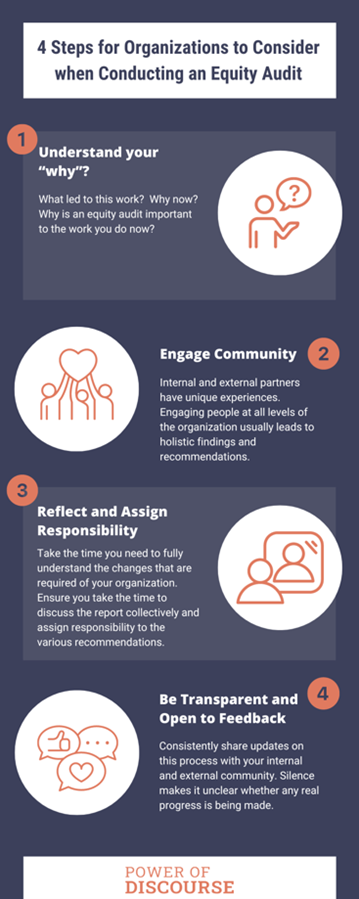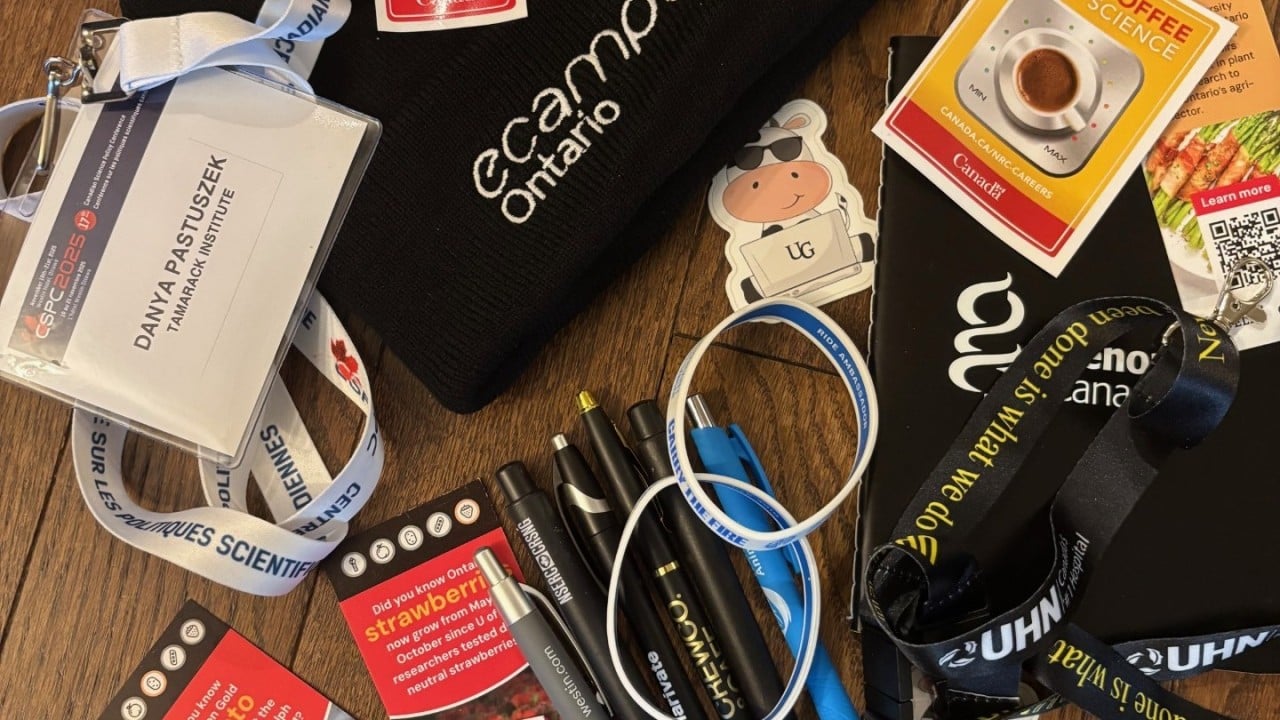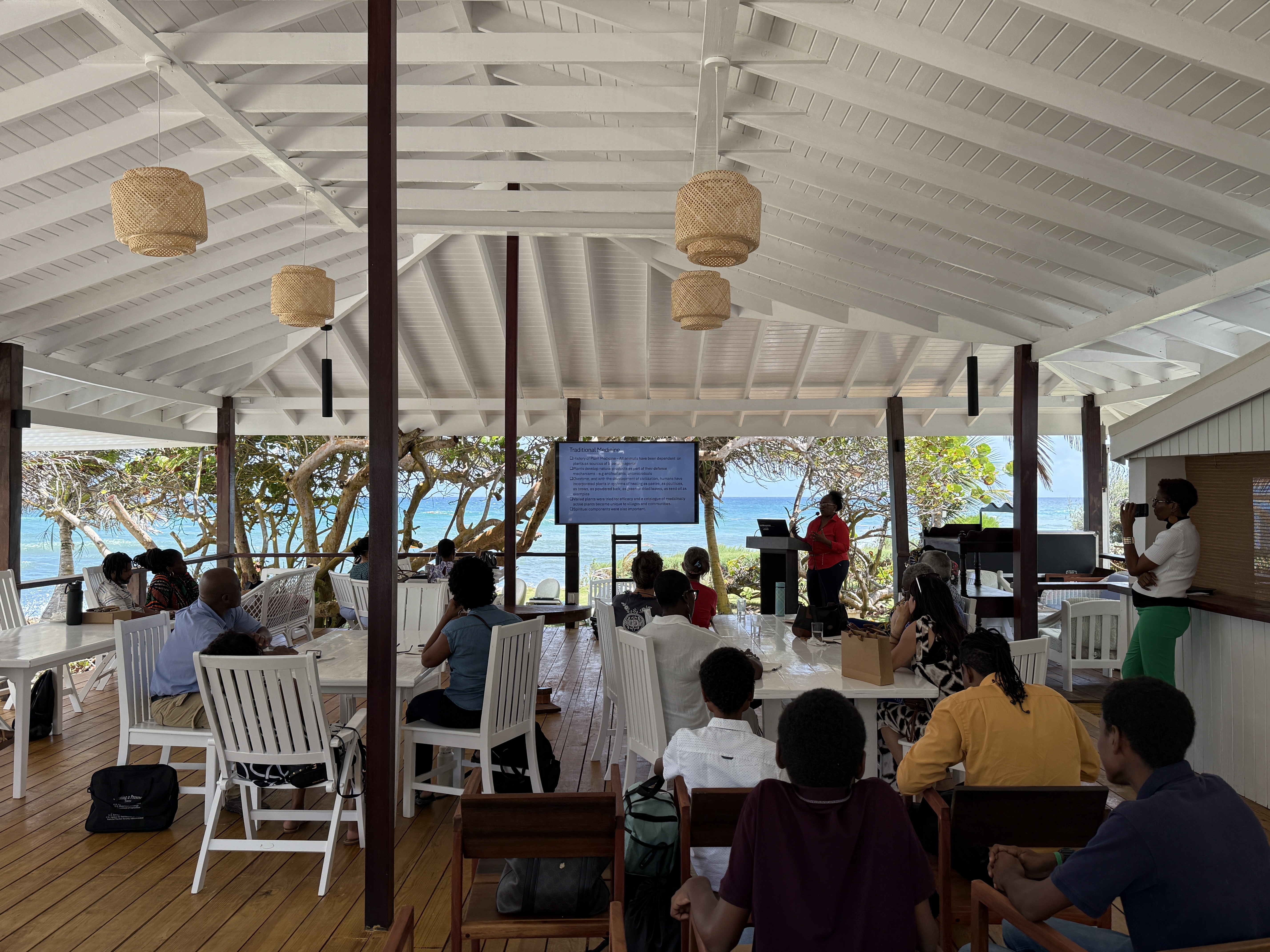Cette ressource est également disponible en français. Pour y accéder, veuillez cliquer sur l’icône du globe dans le coin supérieur droit de la page et choisir Français – Canada.
Over the past few years, there has been increased demand for internal Equity, Diversity, and Inclusion (EDI) organizational audits. EDI audits include reviewing policies, procedures, and programs, collecting demographic data, engaging with staff, board of directors, and external members or clients, conducting baseline assessments, identifying gaps in required resources, providing comprehensive recommendations based on key findings, and creating action plans.
As a consulting firm, we see a positive trend in requests for EDI audits coming from charities and non-profit organizations. In our experience, it is common for those offering social services to overlook the relevance of equity audits to their work as by design, their work addresses social inequities such as providing shelter for the unhoused, ensuring girls are not denied an education in low- and middle-income communities, and supporting people living in poverty. While this work does address inequities, it's how this work is conducted that requires special attention. Common questions used in this review include:
-
Does an organization rely on a top-down approach versus an equity-centred consultative approach?
-
Does an organization’s leadership team reflect and represent the communities they support?
-
What culture is normalized within the workplace, and does it promote the well-being of staff regardless of their identities?
-
Do staff and board members with equity-deserving identities have the resources and supports to navigate the workplace and their roles?
Whatever an organization’s reasoning is, deciding to conduct an EDI audit is just as important as ensuring the process is meaningful and that the results are sustainable. We’ve highlighted 4 steps below to guide non-profits as they undergo EDI audits.
 Step 1: Take the time to understand your ‘why’.
Step 1: Take the time to understand your ‘why’.
Begin by having conversations at all levels of the organization to better understand why you have decided to conduct an EDI audit, what your organizational values are, and what equity means to your organization. Understanding your ‘why’ earlier on and being able to articulate it will be especially important at the beginning of your audit, regardless of whether you have resources for external support or will be leading this initiative on your own. Taking the time to answer these questions will help identify your organization’s priorities and goals.
Step 2: Engage internal and external community partners to compile the final report.
Identify the internal and external partners you wish to engage to learn more about how your work impacts different audiences. Ensure there is an opportunity to engage both internal and external community partners. Staff, the leadership team, the board of directors, and the communities or clients you support all have unique perspectives and experiences and should be given an opportunity to share, if they wish. Engaging people at all levels of the organization, across multiple identities, usually leads to holistic findings and recommendations. If your budget is limited, we recommend considering a multi-year journey that begins with staff, branching to include your board of directors, while leaving room to engage with external community members. When collecting demographic data, ensure participants understand that they can opt out of sharing their information, and outline how you’ll keep the data confidential, safe, and anonymized.
To have a better understanding of best EDI practices in your sector, we recommend benchmarking tools that can be used to support equity audits such as the Global Diversity, Equity, and Inclusion Benchmarking tool and the Imagine Canada Benchmarking tool.
Step 3: Make time for reflection and assign responsibility.
After collecting all your data and analysing it, compile the final report with key findings and recommendations. Allocate time to discuss the report collectively and assign responsibility and timelines where applicable to the various recommendations. You may find that some recommendations require ongoing attention, while others may have clear start and end dates.
One of the biggest challenges organizations face once an equity audit is completed, is allocating sufficient time to reflect on the final report. We encourage you to take the time needed for this phase, as new reflections will emerge as staff and board of directors interact with the report. You might consider creating individual and collective spaces to debrief questions such as:
-
What did you already know?
-
What stood out?
-
What surprised you?
The final report should be distributed to all staff and the board of directors to share responsibility and accountability. We’ve seen several audits not lead to any meaningful change because no one took accountability or ownership of the work identified. Use methods such as the DARCI model (Decision-maker, Accountable, Responsible, Consulted, and Informed) to figure out how this work will be spread out across individual staff and departmental work plans.
Organizations often focus on the changes required to be compliant with EDI best practices. While it is advantageous to leverage the momentum present, this is also an opportunity to pause and celebrate the areas the EDI audit identified that the organization is excelling in. Celebrating what’s working will help ensure buy-in and commitment to continuously improve your equity culture.
Step 4: Be transparent throughout this process and be open to ongoing feedback.
Consistently share updates on this process with your internal and external community. You might consider developing an internal and external communication plan in the early stages of your process that includes progress updates throughout the implementation phases. Silence makes it unclear whether any real progress is being made. Perfection is not the goal here. Mistakes may be made along the way, turnover or limited resources may cause progress to stall, or a new approach may be implemented. Be flexible and adaptable to changes as the organization’s priorities and values may shift over time. The popular sentiment that EDI is “a journey, not a destination” rings true here. The work is ongoing and meaningful progress is the goal. We suggest regular progress checks and encourage intentionally checking in at various intervals.
In alignment with EDI best practices, we have developed an infographic which offers a visual representation of the steps we have detailed above.






















